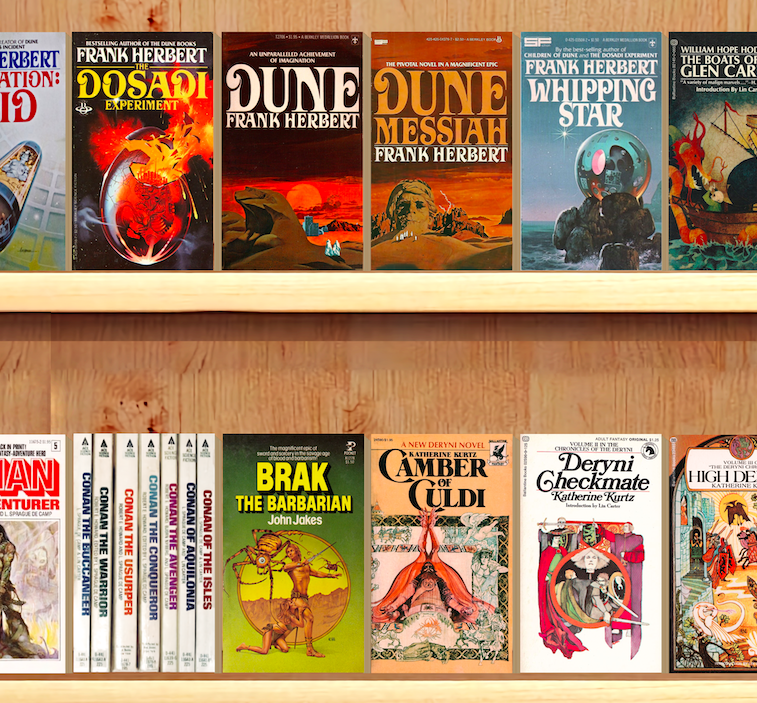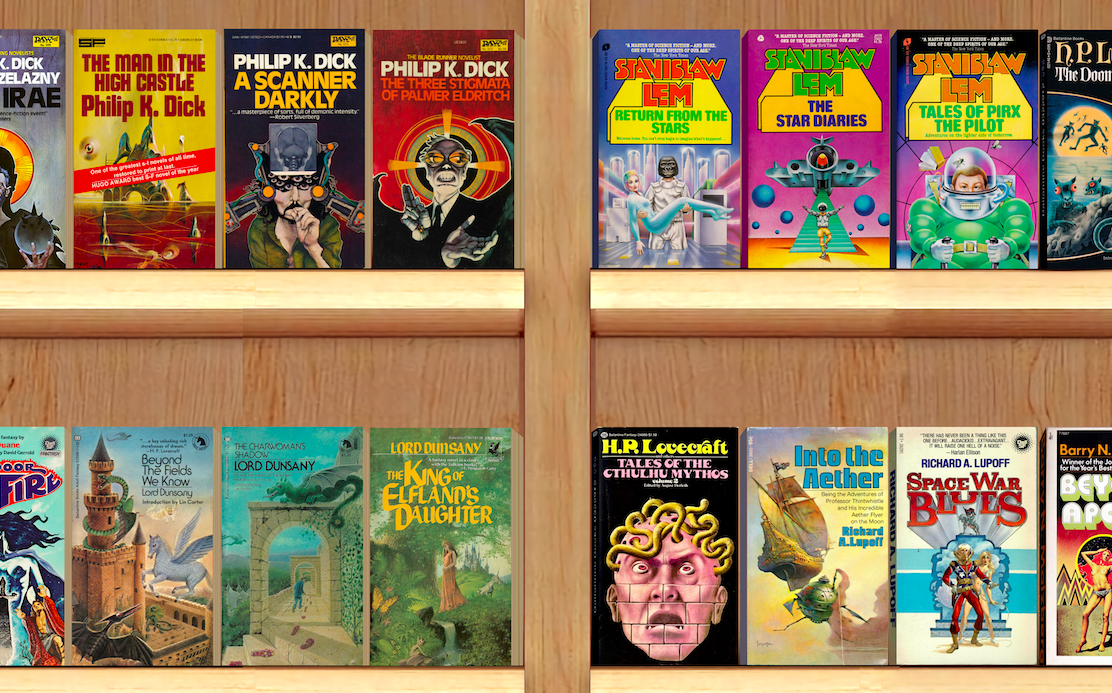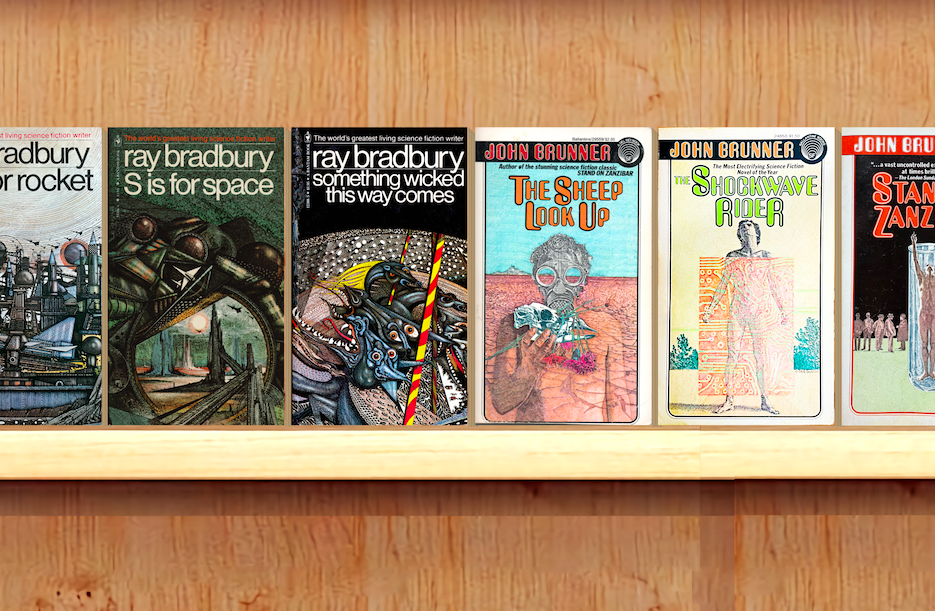The ravages of COVID-19 have been followed by the ravages of the post-pandemic tourism boom. If you’ve been reading recent coverage of aggressive travel and its discontents, you may well assume that it’s too late to have a genuine experience of, say, the great cities of Europe. Paris, Vienna, Barcelona: none are as they used to be, we’re told, and the same may even be true of the Eternal City. Lovers of such places were complaining about tourists decades and decades ago, of course, but how far back in time would one have to travel in order to take in the glories of a Rome that hadn’t yet fallen to the invading T‑shirt-and-flip-flopped hordes?
One would have to travel back about 150 years, at least according to the pictorial evidence provided in the video above from Youtuber Jarid Boosters, who appears to have a strong interest in historical photography.
His most popular videos include gatherings-up of pictures of old Los Angeles, of the lost architecture of the German Empire, of nineteenth-century Iran. In this new episode, he presents the earliest known photographs taken in Rome, which date from the early eighteen-forties to the early eighteen-seventies. Most were taken by an early Italian adopter of photography named Gioacchino Altobelli.
Soon after picking up a camera in the eighteen-thirties, Altobelli dedicated his career to “photographing some of the most ancient and most infamous sites throughout Rome,” says Boosters. “From 1841 through 1871, Altobelli, along with a team of other photographers, including Richard Jones, took it upon themselves to document the most famous and ancient city of Rome as completely as possible.” Their subjects included the still-recognizable likes of the Colosseum and Hadrian’s tomb, naturally, as well as the Arch of Drusus, the Temple of Venus and Roma, and the Porto di Ripetta. Having been demolished by the early twentieth century, the Porto di Ripetta stands out as one of the features that sets the Rome of Altobelli’s day apart from the Rome of today — well, that and the absence of selfie-takers.
Related content:
Based in Seoul, Colin Marshall writes and broadcasts on cities, language, and culture. His projects include the Substack newsletter Books on Cities, the book The Stateless City: a Walk through 21st-Century Los Angeles and the video series The City in Cinema. Follow him on Twitter at @colinmarshall or on Facebook.






